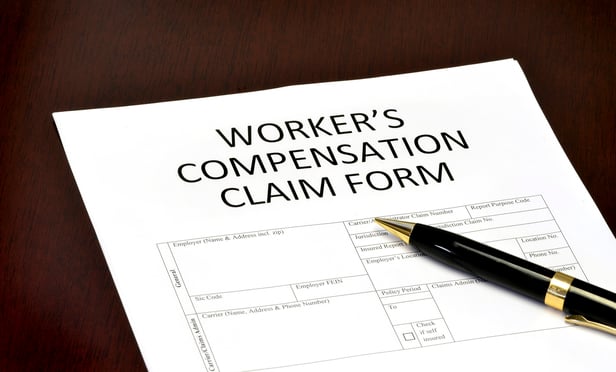Last week, the Pennsylvania Supreme Court rendered its long-awaited decision in Liberty Mutual Insurance v. Domtar Paper, No. 19 WAP 2014. The court had taken up the case from the Superior Court to determine whether Section 319 of the Pennsylvania Workers’ Compensation Act confers on employers or their workers’ compensation insurance carriers a right to pursue their subrogation interests directly against a third-party tortfeasor when the claimant in the workers’ compensation matter takes no action against the third-party tortfeasor. While the court upheld the trial court and Superior Court’s refusal to allow the workers’ compensation insurance carrier to bring the case “as subrogee” of the injured worker, the manner in which the Supreme Court arrived at the conclusion begs the question why it even granted allocatur at all.
The significance of this question from the claimants’ perspective centers around an injured worker’s ability to recover anything in a third-party case where the subrogation lien far exceeds a prospective recovery. Once an injured worker learns that the carrier is asserting its absolute subrogation right in full, there remains little reason to bring the claim. Absolute right or not, most injured workers have little interest in seeing their third-party attorney and workers’ compensation carrier share 100 percent of the recovery at their complete exclusion. Many reasonable carriers will agree to a one-third split, affording the plaintiff, the attorney and the carrier each an equal share of the proceeds of the third-party case. But what if the carrier is not reasonable?



